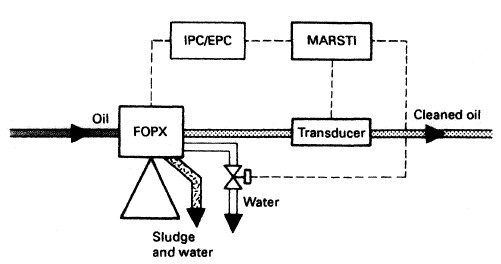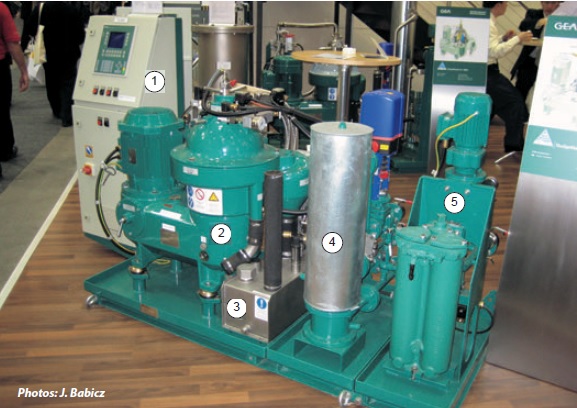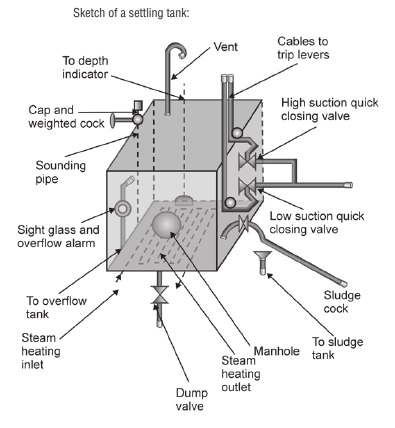
Heavy Fuel Oil Separation Control for Marine Fuel Oil Systems
Changes in refinery techniques are resulting in heavy fuel oils with
increased density and usually contaminated with catalytic fines. These
are small particles of the catalysts used in the refining process. They are
extremely abrasive and must be removed from the fuel before it enters
the engine. The generally accepted maximum density limit for purifier
operation is 991 kg/m3 at 15 deg C.




